Accessories are an important part of the tools we use as photographers.
I am very much a “do it yourself-er” when it comes to everything. I like to build, create and solve problems with cool, clever and inexpensive solutions. I think that’s one of the reasons I love photography so much, each new photo idea and opportunity presents a challenge, often requiring a novel approach to create the image I want.
Here are some of my favorite pieces of fairly inexpensive gear that didn’t come from a camera store, most of which stay in my truck or pack all the time. Yes, they are low tech, lacking digital readouts, sleek lines or impressive specs. But as important as the camera and lens are for the concept, it’s often this other gear that helps make your image ideas into a reality.
Christmas tree stand
This is the one and only time you have permission to leave a holiday decoration out all year. A traditional Christmas tree stand makes an excellent Nature Photography Perch Support System (it’s always cooler if you call it a system!). Since these stands are designed to hold up a tree, the wide base is perfect to hold up all manner of things for wildlife, macro and other types of photography.
I frequently use these to support perches for birds and other animals, both in my backyard or out in the field near waterholes or other places wildlife frequent. It’s one of the accessories you likely already have on hand.
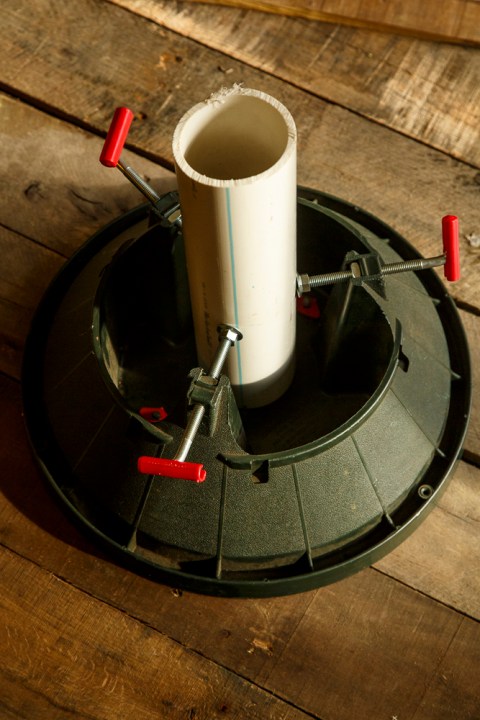
Whether trying to capture images of birds or butterflies, it offers a versatile solution to “set the stage” for your images, allowing you to compose your background and light direction through careful placement before your subject arrives. I have a collection of different size PVC pipes from 1-4 inch diameter in various lengths that I use with the stand, depending on the perch type and intended subject.
Whatever natural perch I have selected slides right into the end of the PVC, holding it in the spot I have selected without having to disturb the area. For horizontal perches, I drill a 1-2 inch hole straight through the sides of a larger diameter piece of PVC. You can then slide thinner branches, flowers, etc., through the holes, using a hand clamp (see below) to hold them in place.
In addition to using it for perch set ups, these can also serve as an impromptu light stand to hold spot lights or remote flashes, indoors or out. Just be careful not to make your PVC too tall as it will become top-heavy and want to tip.
Due to their design, these bases are also easy to weigh down to keep in place in the event you need a taller perch or stand. Outside I usually just look for the nearest big rock or log to prop against the base, but you can also use guide ropes and/or tent stakes to secure it to the ground.
If using one inside, you can weigh it down with various household things. For example, if you happen to have an old free weight set, the center hole of the weights will slide down nicely over thinner pieces of PVC.
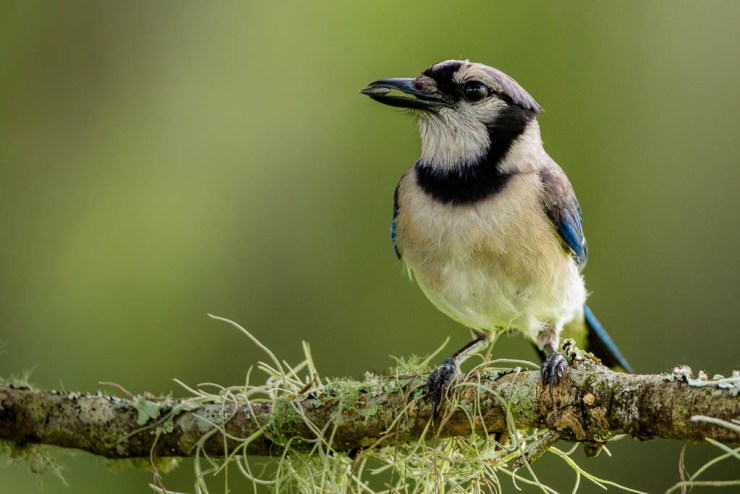
Hand clamp (and other accessories that hold things to other things)
Whether its positioning a perch or holding up lights, photographers rarely have enough hands to hold things in place while working the camera. So, since my insurance won’t cover installing extra arms, enter “The Clamp!”
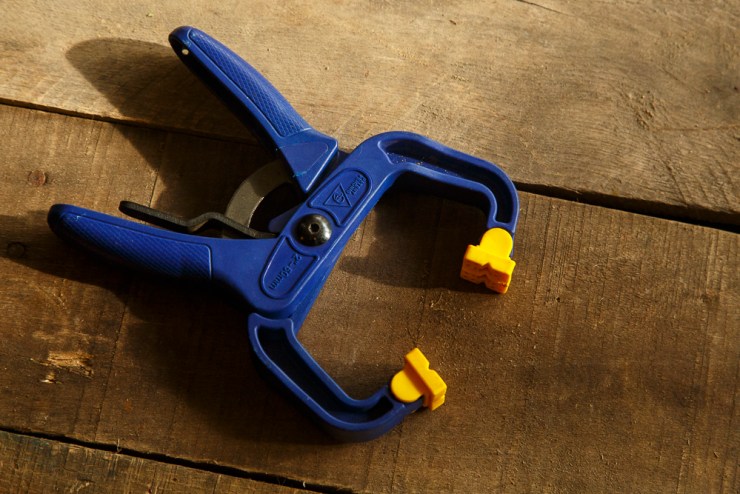
These plastic spring-loaded hand clamps are ideal accessories to add to any photographer’s tool kit, freeing your hands up to hold onto your camera instead of a zillion other things. You can control the tension so it doesn’t crush whatever you are securing, can operate them one-handed for quick adjustments, and the plastic clamps won’t mar your gear.
I also keep an assortment of Velcro cable wraps, bungee cords, and gaffers tape in my truck as well. While duct tape can be good for a more permanent solution, I don’t use or recommend it for perches and gear due to the goo it leaves behind.
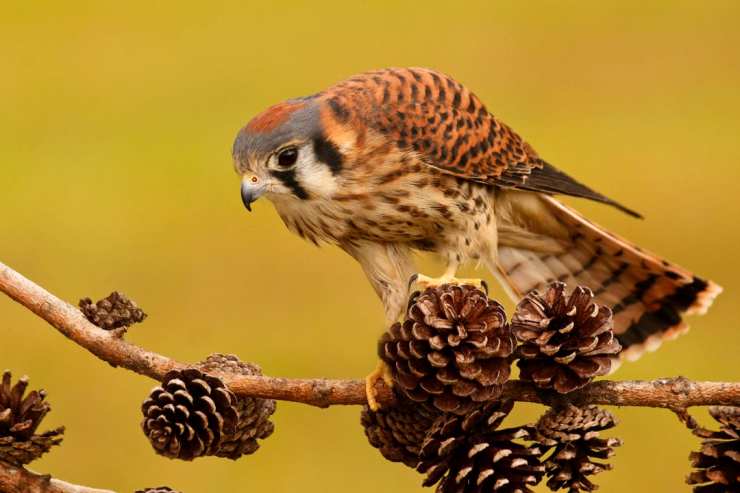
Compass
I know in the age of GPS and smartphones it sounds a little old-fashioned, probably just a step above a breadcrumb trail, but I always carry a compass when I am in the field. Not only is it smart to have a backup device that can get you home if you get lost, but a compass is also a great tool for photographers to plan out a shoot based on where the sun will rise and set, that doesn’t depend on power or a network connection!
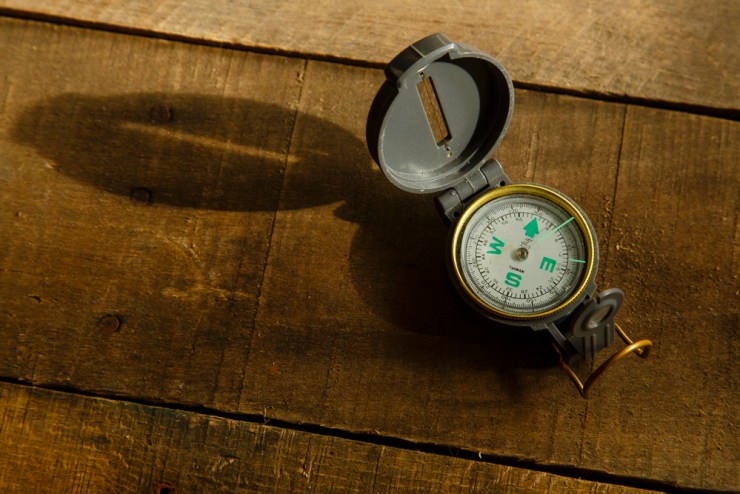
A compass helps you pre-visualize scenes, so you can see what direction light will be coming from at different times of the day. While you can gauge this to a degree by looking at where the sun is currently in the sky, you can’t always get a good view of the sun if you are under a heavy tree canopy or cloud cover.
I love online tools like The Photographer’s Ephemeris to judge this ahead of time on my computer or phone, but in remote locales, that may not be an option. This helps tell me where to be for sunset hours in advance or where to place photo blinds for wildlife photography to get the best light and backgrounds.
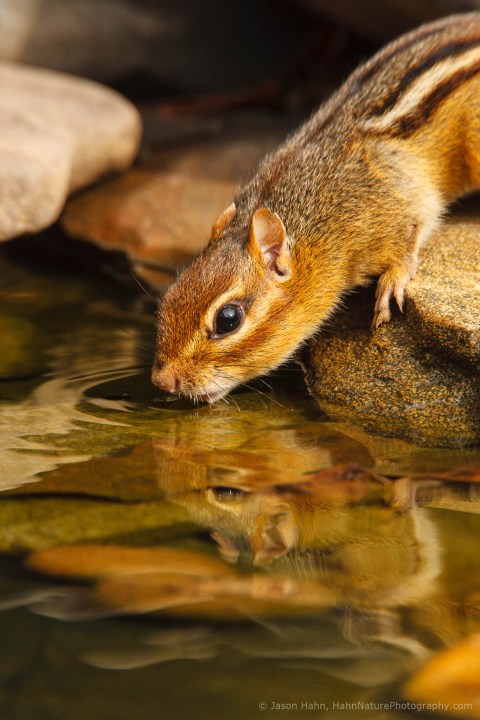
Besides being a composition helper, it’s also pretty good at helping you get back home if you get lost in the woods. It is still going to work when it’s wet, doesn’t require a cell signal, and doesn’t need batteries. Too many times I have been drawn off the trail when I see something that I want to photograph.
Which leads me to something else, and another something else, etc. Eventually that causes me to get turned around. Having a compass, knowing how to use it and a good idea of where you hiked in from helps get you back on track at the end of your photo adventure.
Headlamp accessories
I confess, I am an early-rising morning person, much to my night-owl wife’s dismay! Yes, I am one of those people non-morning people hate, always ready and awake for my absolute favorite time of the day, sunrise. I am usually on site an hour or two before the sun creeps over the horizon.
Headlamps offer a hands-free way to keep from bumbling around and tripping with your gear in the dark. They also allow you to be able adjust your camera settings when you set up your predawn shots.
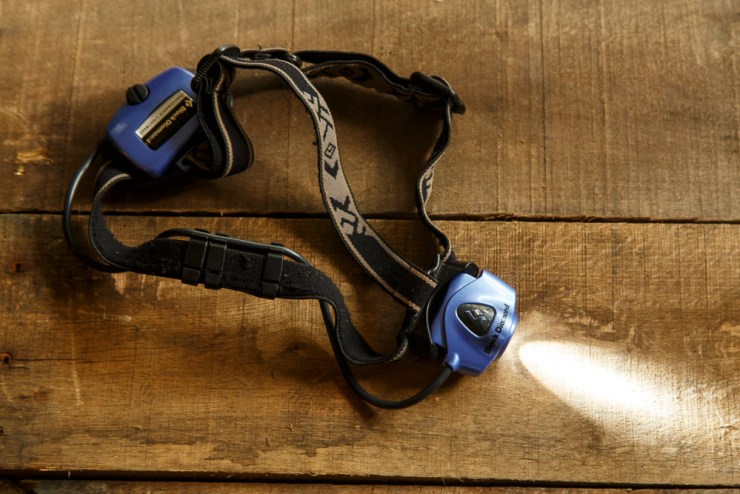
I also use it extensively during night sky photography, and as a tool for lightpainting (when the light is on your head whatever you look at gets painted!). When using one for night photography, I prefer a headlamp that has red and/or green color modes. Unlike a standard bright white light, these modes will preserve your night vision once your eyes have adapted to the dark. Then you can adjust your camera without ruining your night vision.
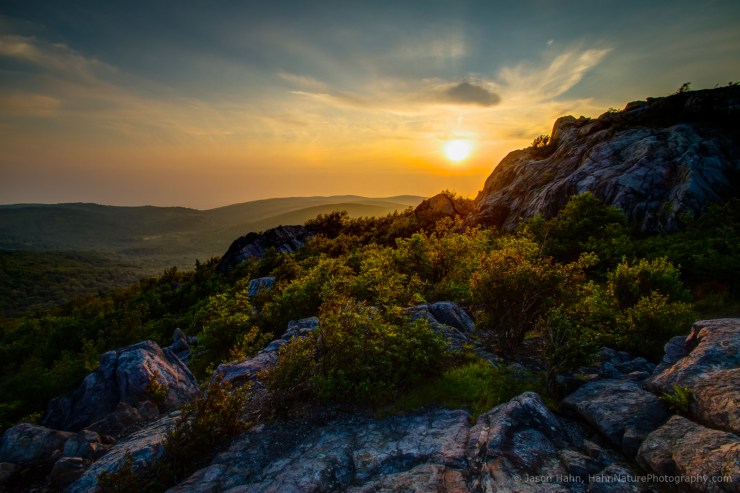
Paintbrush
Cameras are magnets for dirt, dust and sand. Actually, it’s probably the photographers that are the magnets, dirty lenses and cameras are just a casualty of our enthusiasm for “getting the shot.”
Working outdoors, I want to plunge into the natural world without worrying about what I might get on my camera. Since I am also on the beach a lot, my camera gear seems to just attract sand no matter how careful I am. A simple paint brush helps get all those offending grains of sand off me and my gear quickly, without damaging my equipment.
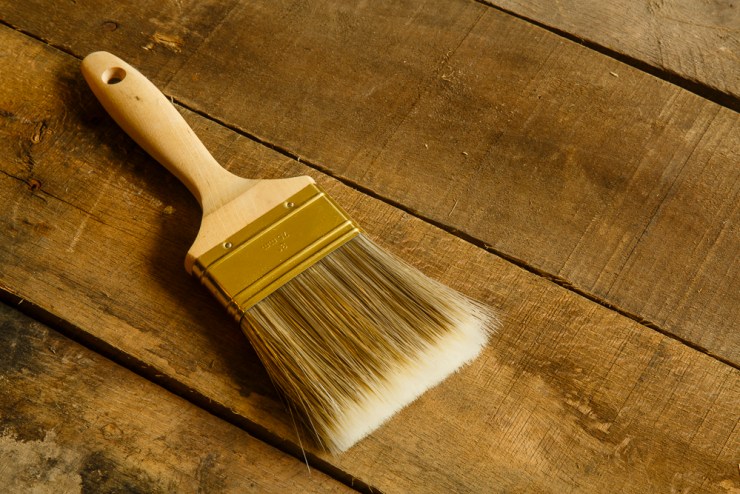
I use a 3-inch soft bristle brush, there’s nothing real fancy about it, it came straight from my local hardware store. Just make sure before you put it away that you swipe it against your leg or something else a few times so that any sand or dirt it does pick up doesn’t get deposited in your pack. Another side tip, any time you get up of the ground, use a closed fist to push yourself up. This way any sand or dirt is on the outside of your hand, not on your palm which end up all over your camera!
DISCLAIMER: The brush is not for any of the glass in your lens or your camera’s mirror/sensor. If you get sand there you don’t want to drag it across the surface with the brush and potentially scratch it. Use a bulb blower to remove dust and debris on a lens or mirror, or send it to a service center for cleaning if it gets inside the camera or lens.
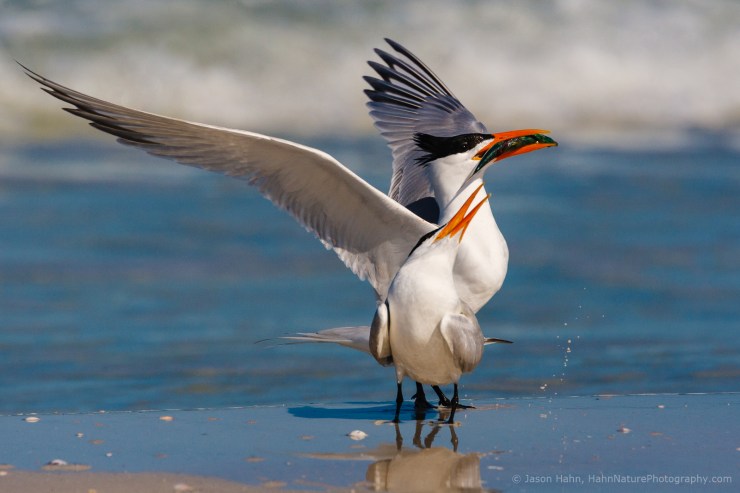
All these accessories have a permanent place in my photo gear collection. They have helped me create some of my favorite images. I hope they help you realize the shots in your head. I would love to hear what creative photo tools and solutions you have come up with!
Tell your story with the second annual Visual Storytelling Conference!
Experience four days of interactive, online training sessions featuring a range of educational content with experienced photographers and content creators. This free event kicks off with a series of technical boot camps to build essential skills, followed by live, online sessions on photography, video, business and social media. Join live from March 10-13, 2022!
